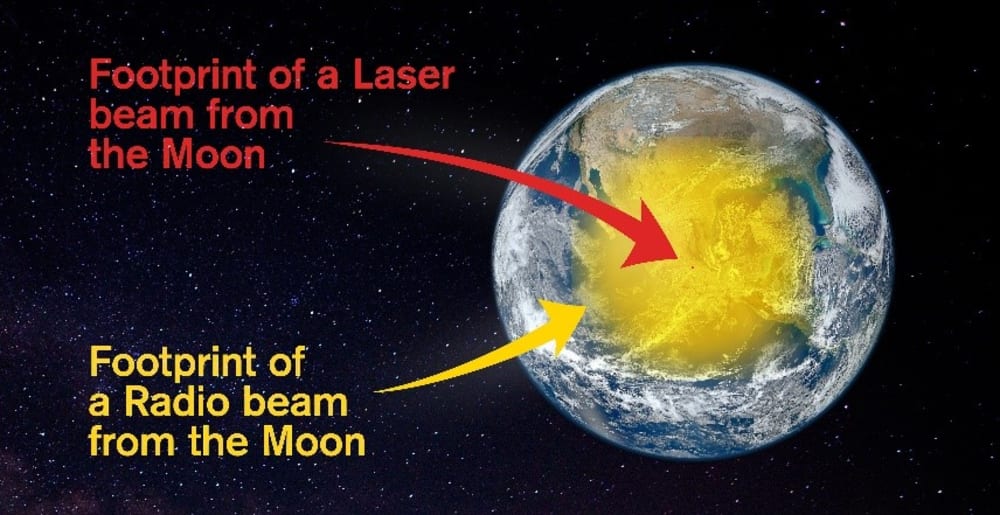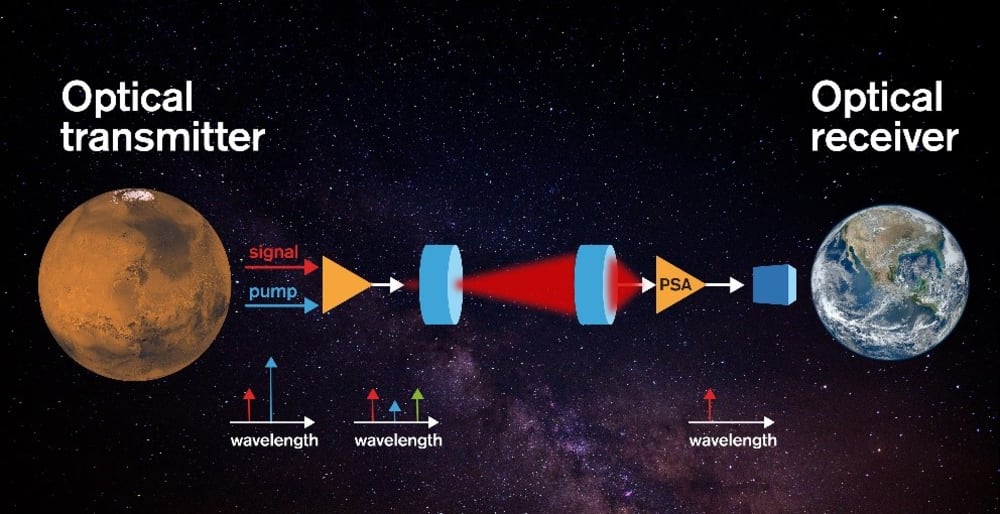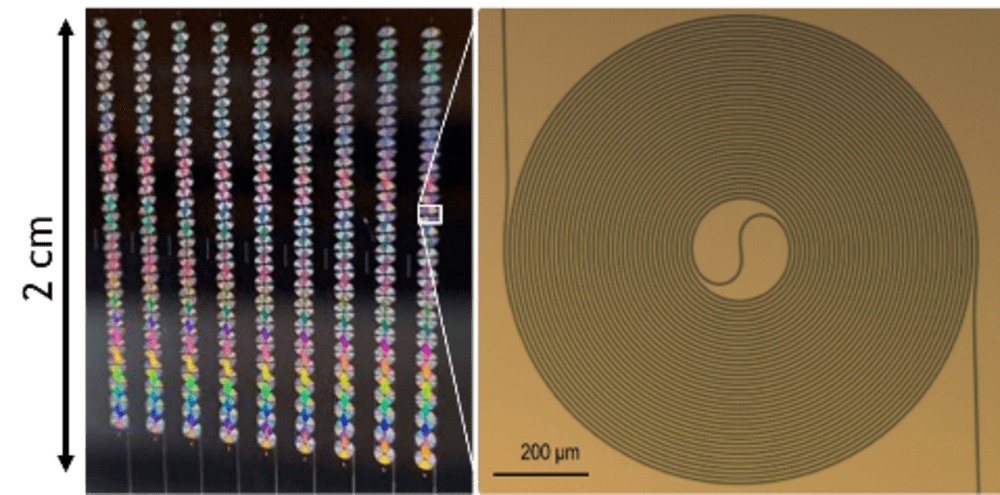
Communication in space is becoming increasingly critical, be it between satellites, from satellites to ground or even to/from the Moon or Mars. Current approaches use radio waves that spread quickly resulting in very small capacity: The data rate from the Mars orbiter is a few kbit/s, which is lower than the first-generation home modems decades ago. Therefore, the space engineering community is considering a transition to using laser beams instead, since they do spread much less than radio waves. The maximum reach and data rate are limited by the available transmitter power, the amount of wave spread and by the sensitivity of the receiver, defined as the needed minimum received power to recover the information being sent. The latter is fundamentally limited by unavoidable so-called “vacuum noise,” while the former two are limited by engineering constraints (power and size of the hardware).
In this work, we investigated essentially all viable options for transmitting information with laser beams with the target to find the best possible solution in terms of receiver sensitivity. We found this, and verified it in a laboratory experiment. It relies on a novel type of optical amplifier that, in contrast to all other known amplifiers, does not generate excess noise, a so-called phase-sensitive parametric amplifier. The sensitivity, which is often measured as the needed number of optical photons (light particles) per information bit, reached in our experiment is a world-record; 1 photon per bit. We also showed that this approach is the best-known approach to transmit data across very long distances at high bit rates. The above lab experiment was conducted at 10 Gbit/s, but we estimate with realistic assumptions that it possible to use this novel approach to send data from Mars to Earth at a bit rate of 1 Gb/s, which is about a million times higher than today. While our experiment was conducted in a bulky setup with the amplifier being about size of a desktop computer, we have recently implemented this in a very compact chip platform having a 2x1 cm footprint.
Therefore, this is a very promising way to break the current “science-return-bottleneck” as discussed by NASA and others. In addition, as there will be a permanent human presence on the Moon within 10 years and on Mars within a few decades, it is essential to know which the most efficient ways are to communicate with Earth.
-
Awards
-
 2021 Top 100 Entries
2021 Top 100 Entries
Like this entry?
-
About the Entrant
- Name:Peter Andrekson
- Type of entry:individual
- Patent status:patented








